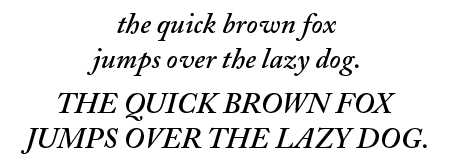


This was Baskerville’s idea of perfection, which was very subtle and simple. Unfortunately John Baskerville passed in 1775, so he never got any real fame or wealth for his now loved font.Īs I mentioned earlier, Baskerville was inspired from the idea of perfecting Caslon. After that, popularity increased dramatically, making Baskerville so well known today.

This made poor old Baskerville essentially obsolete until 1917, when Bruce Rogers gave it life again for the Harvard University Press. However after Baskerville started to be used, many claimed that his style was “too stark” and the printing “damaged the eyes.” When the modern style typefaces were released, Bodoni in particular, Baskerville was pushed even further down on the shit list of type. The idea was to make it more legible, for the time period was experimenting with readability as well as paper and ink manufacturing. When John Baskerville designed his namesake typeface, his goal was to perfect the styles of a much older typeface, Caslon. The style difference will be discussed below. Transitional typefaces tended to be disliked in their time, as people were so used to traditional type that the new changes seemed drastic to them, however today they are appreciated because they are one step down in contrast from the modern typefaces. Baskerville is classified as a transitional typeface, meaning that it’s style was the stepping stone from old style typefaces such as Caslon, to modern typefaces such as Didot and Bodoni. A classic typeface with a checkered past, what more could you want? Baskerville is loved by millions today, however it’s past begs to differ.īaskerville was designed by John Baskerville in 1757 in England.


 0 kommentar(er)
0 kommentar(er)
